
There are certain experiences in life, which are too good to be true, they feel dreamlike. I had no connection with Sindhudurg district up until a few years. It was in early 2014 I decided to visit Sindhudurg district, I visited Malvan first, as I have mentioned in my earlier blogs it was love at first site (More like I have mentioned this in 90% of my blogs).
It isn’t easy to express in words how I felt about Sindhudurg. A place unbelievably beautiful, people humble and welcoming, it had the right amount of peace and calm I was looking for. After a few trips to Sindhudurg (10 to be precise), I decided to stay here and explore this wonderful district which is famous not just for its beaches, but also for its rivers, lakes, and festivities like Ganapati, Holi, and its beautiful temples. It’s been a little more than a year since I moved here, I have explored a few places and hope to explore a few more in the coming months. Earlier I had travel limitations due to Covid-19 government guidelines. Now, having spent so much time here I feel more like a local, life is much slower and simpler than in Mumbai, however, I find immense joy in this simplicity. I feel as much at home as I feel in Mumbai.
Konkan is a paradise; it’s blessed by gods and it is heaven on earth in the true sense. Each temple is beautiful in its own way. Recently I had the chance of visiting one of Sindhudurg’s oldest temples, Shri Laxminarayan temple, situated in Walaval village, which is it is at a distance of 15km from kudal. State transport buses and auto rickshaws are easily available for the commute.
Walaval is a village in kudal taluka of Sindhudurg district, famous for Shri Laxminarayan Mandir and also Walaval River which is a mile away from the temple. In the 14th century, Walaval village was surrounded by thick forests and mountains.
When Moghuls started captivating goa, a few brahmins from Harmal Village of Pernem Goa decided to shift Lord Laxminarayan’s idol which was known as Dev Naroba. The idol was shifted in Walaval. Later this beautiful temple was constructed by Suryabhan and Chandrabhan Prabhu Desai brothers’ officers of the Vijayanagar Dynasty. Adjoining the temple is a lake reservoir which adds charm to the surrounding area.
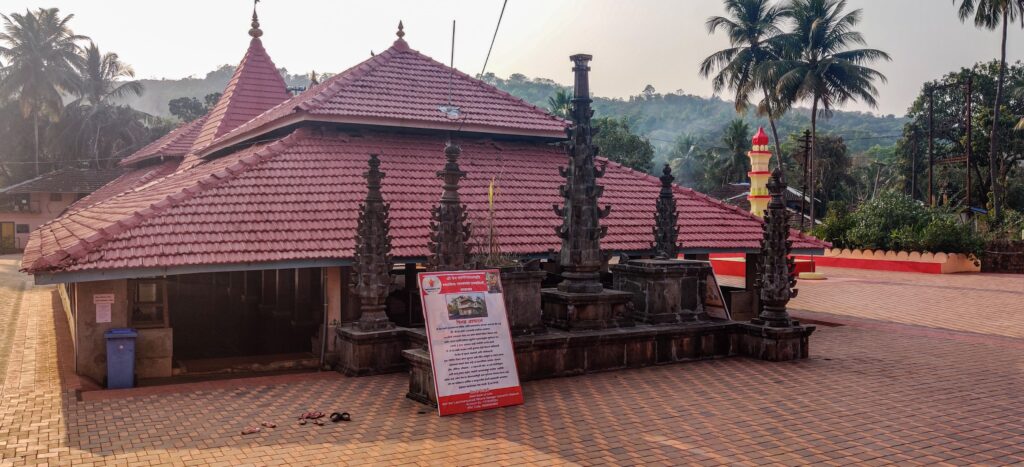
The architecture of this temple is in Hemadpanti style. The word Hemadpanti is named after the founder, the prime minister of Seuna Yadavas of devgiri, Hemadri Pandit (Hemadpant). This ancient east-facing temple is famous in Sindhudurg district. The temple has a vast hall which is also used during festivities for Bhajan, kirtans, and also Dashavtar.
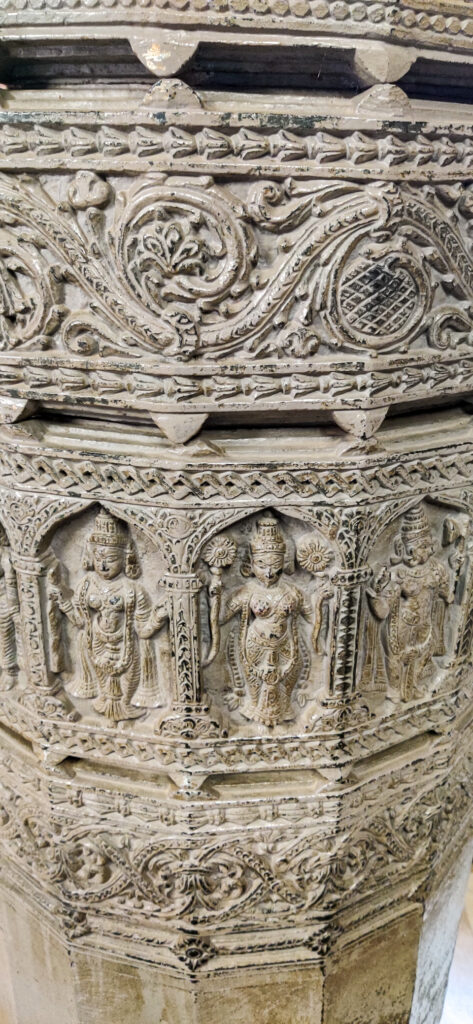
The entire construction of this temple is made out of teakwood, and the stone pillars inside the temple are delicately carved. Each carving is one of a kind. I particularly loved the pin-drop silence in the temple, silence enough for you to forget your problems, it makes you aware of the temples surrounding, and the natural beauty of the surroundings leaves you spellbound. When you leave the temple, you find the answers within yourself. The right amount of calm to silence the chaos inside you.
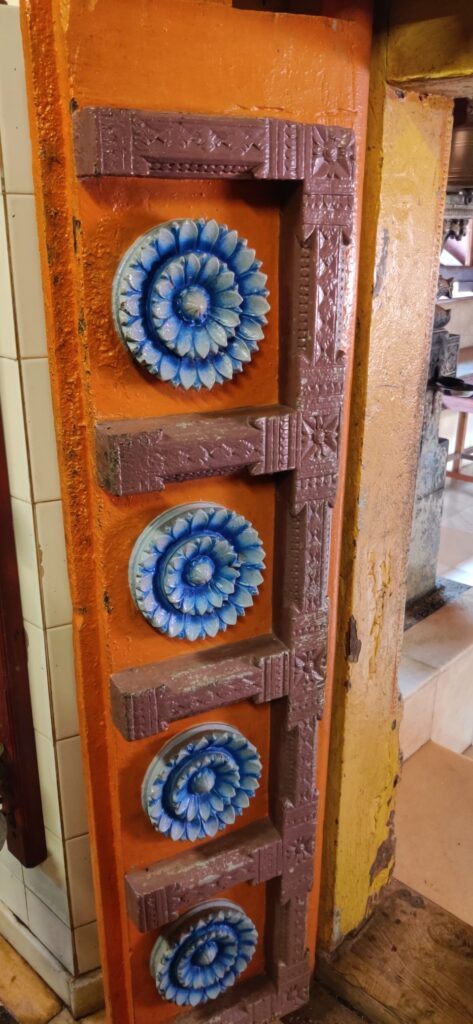
The Main door towards the idol is short and has beautiful lotus carvings on it. Looking at such stunning architecture I couldn’t stop thinking about the artists and the absolutely exquisite art made by them. According to the locals, the bell present in the temple was taken from Portuguese sailors and is engraved in French.
On the occasion of Dwadashi, Shri Laxminarayan’s Palkhi (procession)n leaves for the Shri kshetra Mauli mandir temple, to meet his sister Mauli Devi.
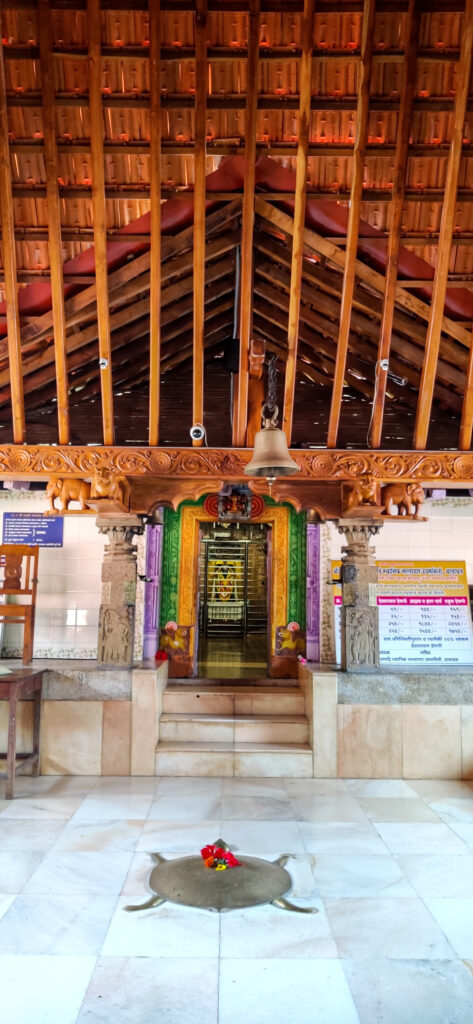
The lake reservoir near the temple is a treat for sore eyes. During a full moon night, one can see a cluster of stars shining bright in the lake’s water. As I mentioned earlier the surrounding is exceptionally peaceful and fascinating.
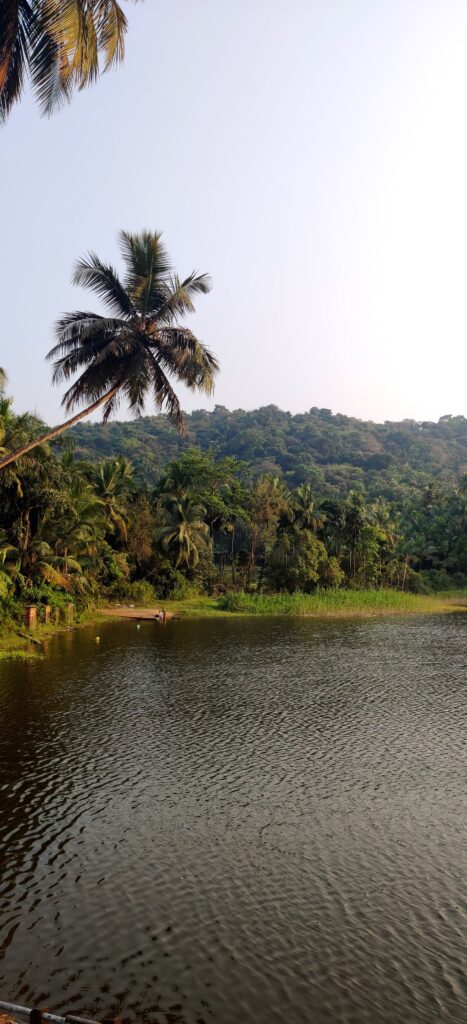
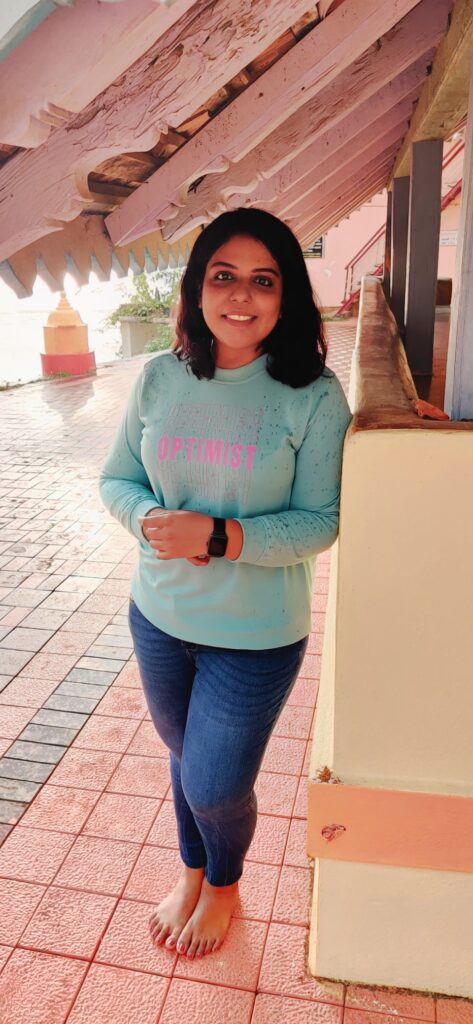
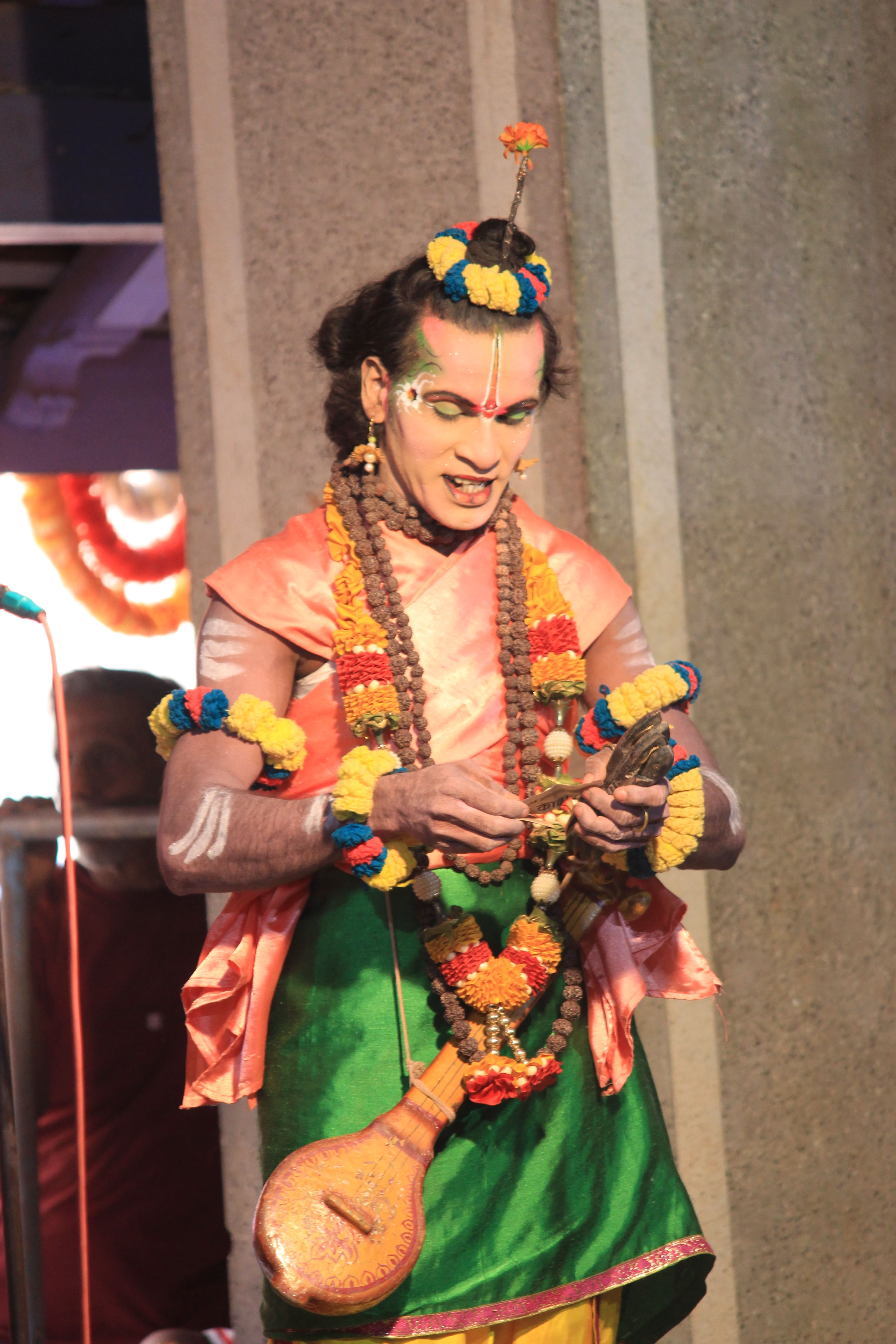
During my first visit to Laxminarayan temple in 2019, I was lucky enough to witness the Dashavtar performed at Shri Laxminarayan temple walaval, during the month of the Holi festival (Shimga). Dashavtar is a form of theatrical entertainment, which has a history of eight hundred years. Dashavtar refers to the ten reincarnations of Lord Vishnu. Matsya, kurma, varaha, Narasimha, Vamana, Parashuram, Rama, Krishna, Buddha and Kalki. However, only the performance of four avatars of Vishnu i.e., Vamana, Parashuram, Rama, and Krishna are performed on stage.
If you want to see real Konkan travel by a state transport bus or auto rikshaw, talk to the locals, be a local, or visit random places, you won’t get a mobile network in many rural places of Konkan however I guarantee you will find the lost connectivity to your soul for sure. I have traveled through the lanes of mhapan and walaval like a local, and to be honest I had the best time that day. A bumpy bus ride through the narrow lanes of walaval, chitchatting with the locals, and attending impromptu programs arranged for festivities I thoroughly enjoyed every bit of it.
I live just a few miles away from walaval, I often visit to seek the blessings of lord Laxminarayan and sometimes to find peace and answers within.
If you are in or around Kudal to give this Temple a visit.
I hope you found this blog informative, see you next week, with new stories of my Solo travel in Sindhudurg. I’m excited and I hope you are too.
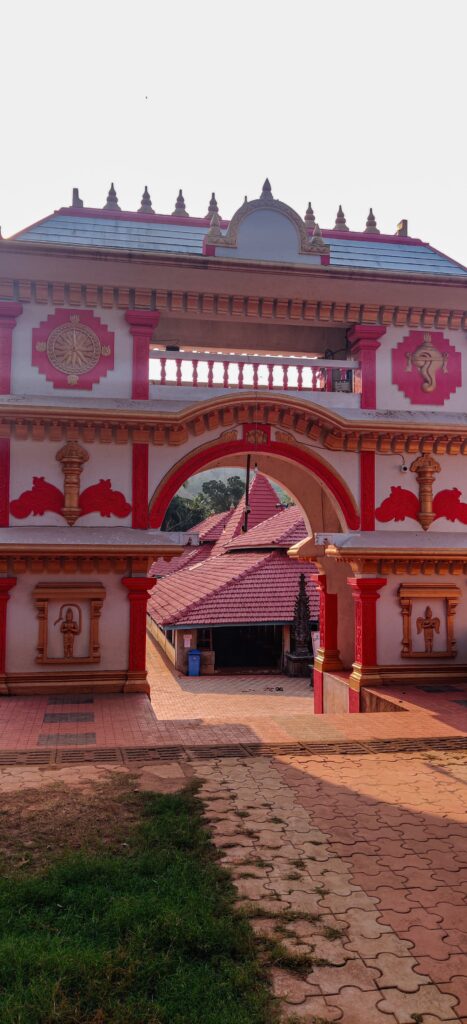

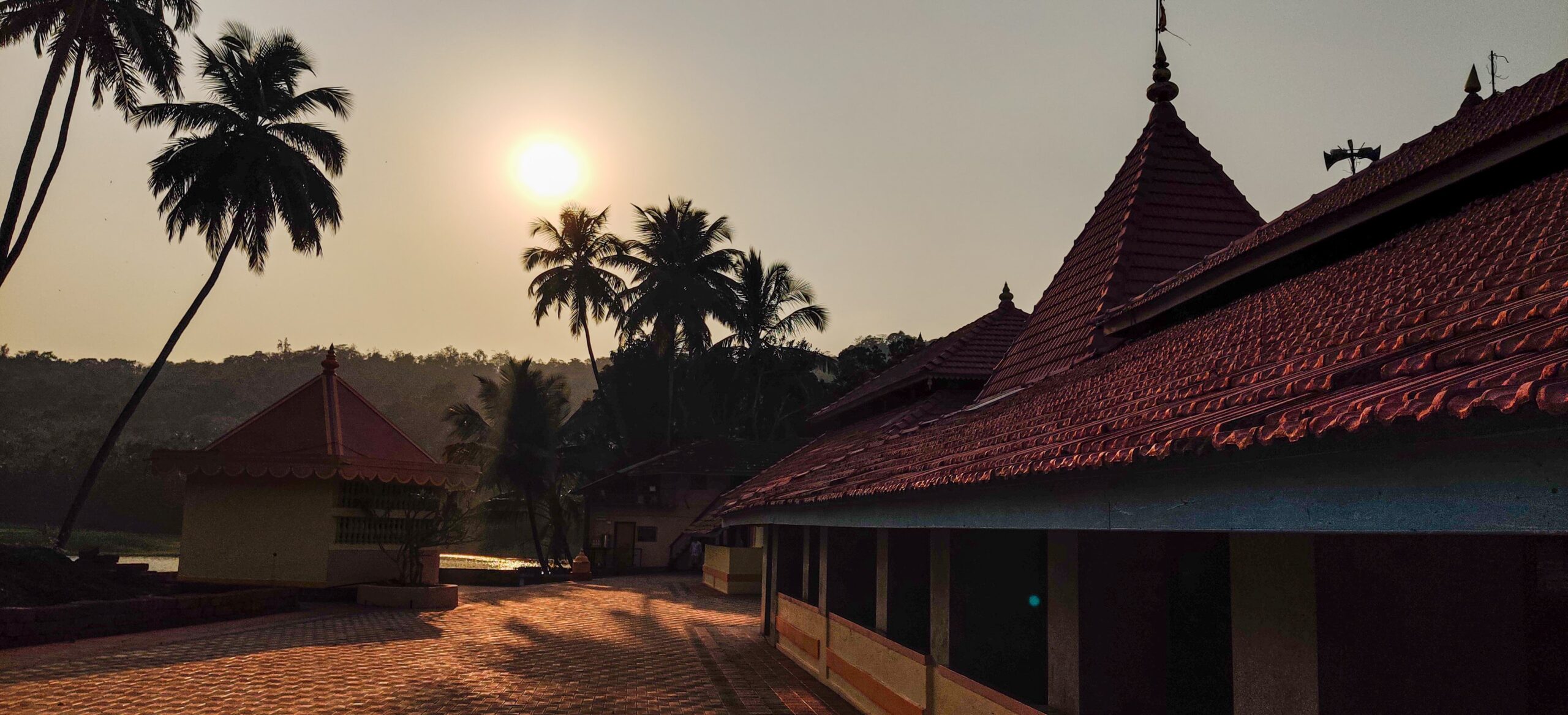



Laxmi narayan mandir, walawal is beautiful place to visit . You have discripted very nicely . Your kokan blog is always treat to read . I always enjoy your blog.
This is very beautiful temple. grate information about this temple. thanks for sharing this descriptive information. visit Konkan Tourist places.